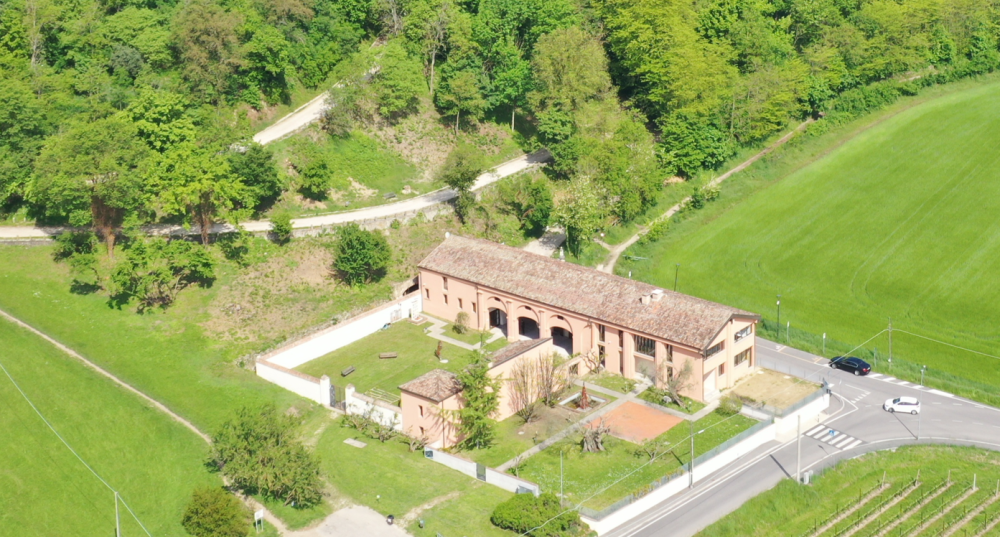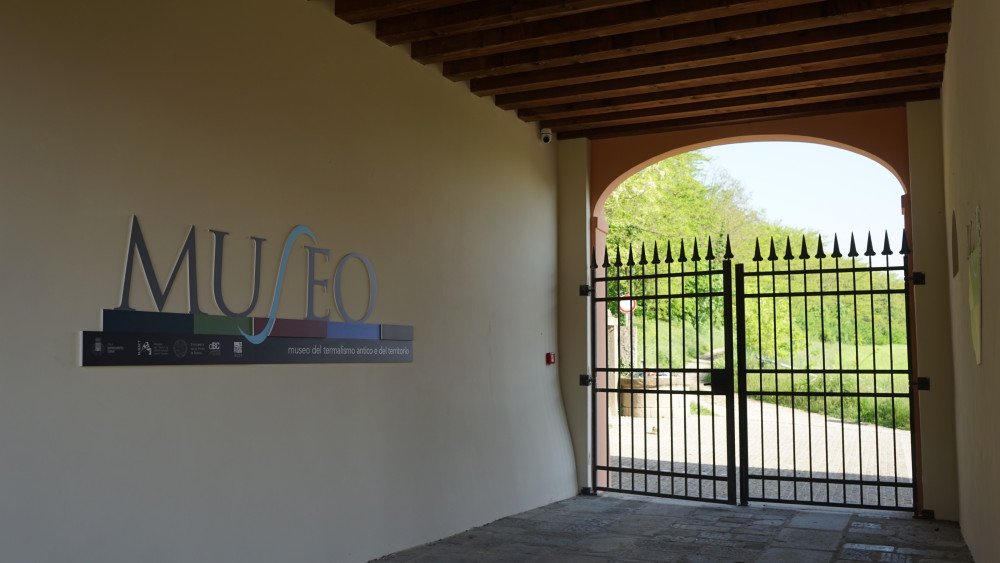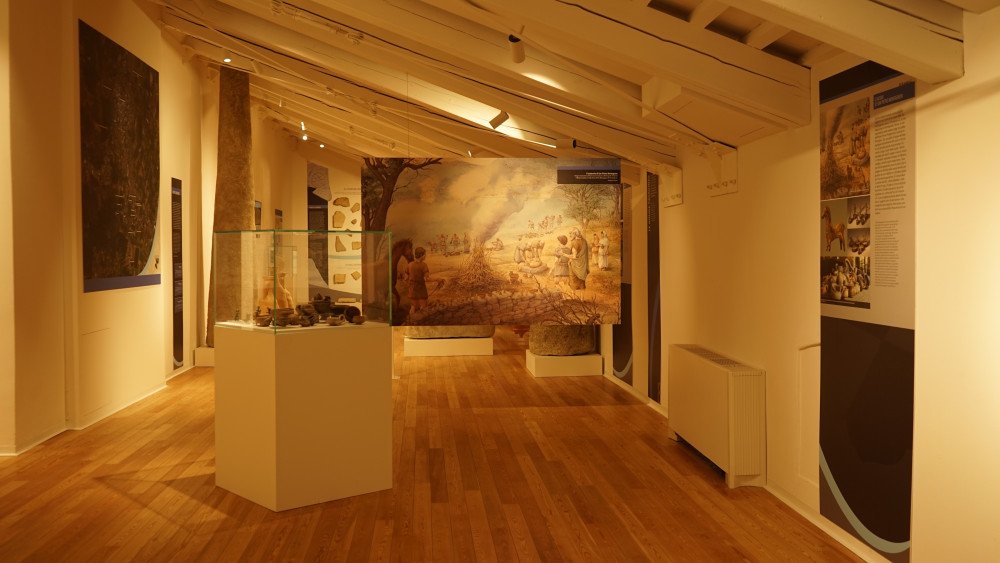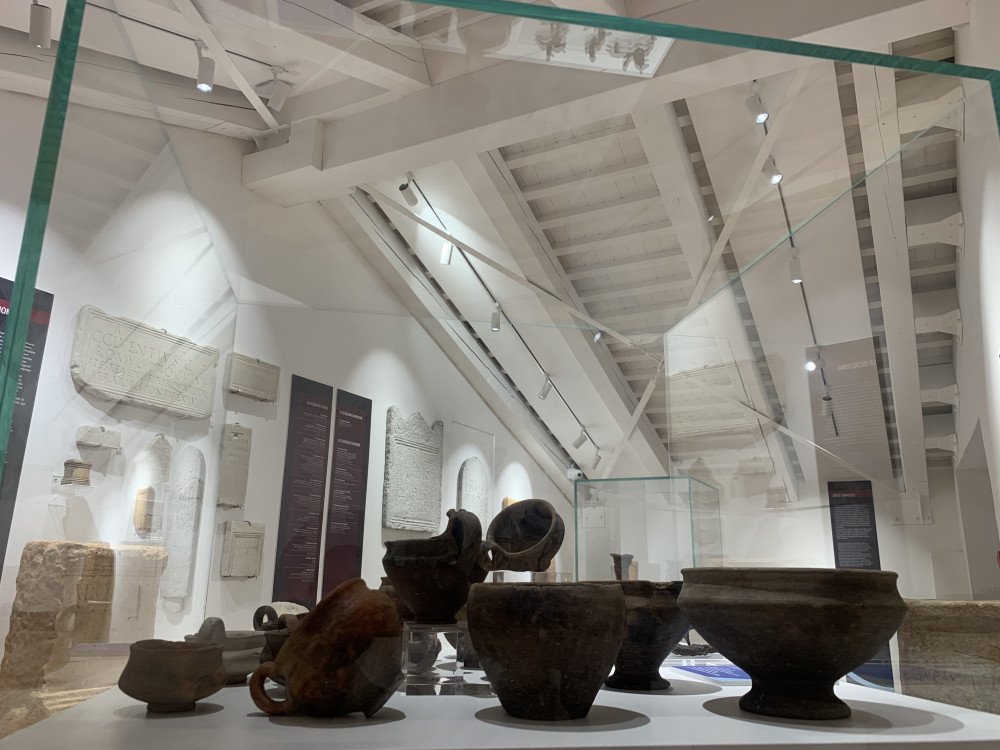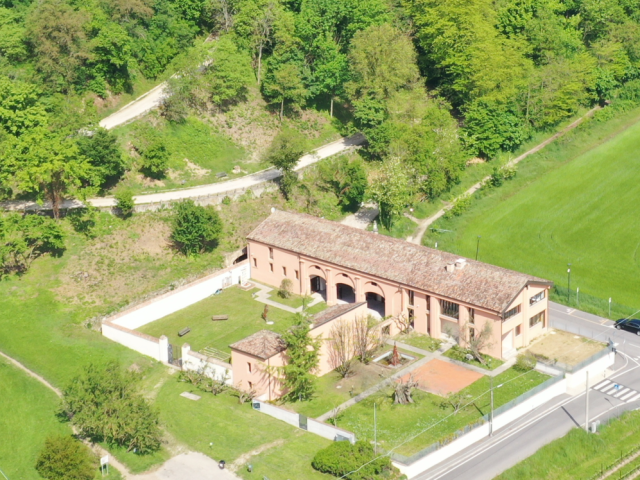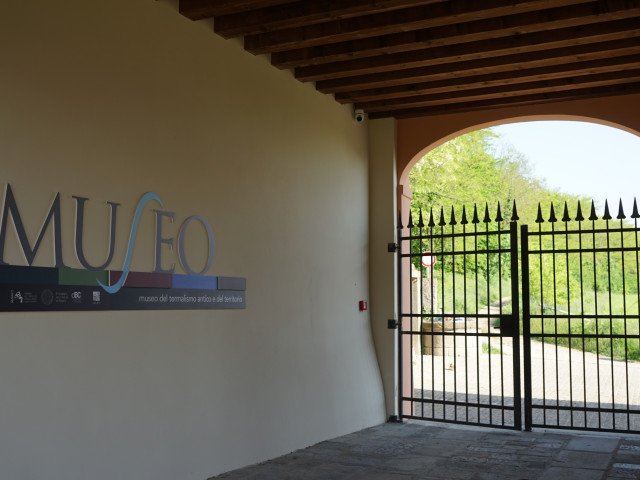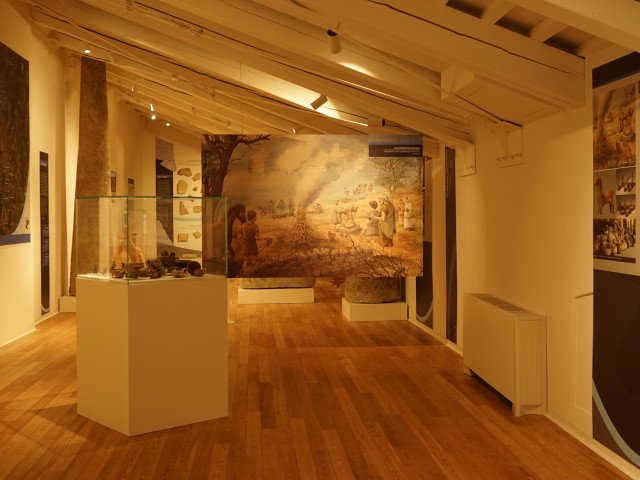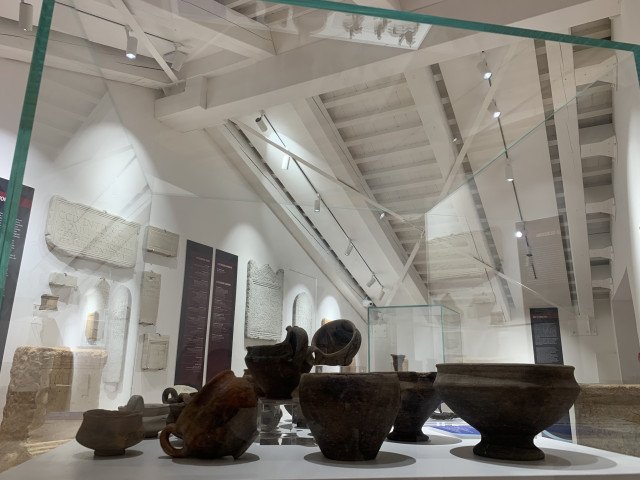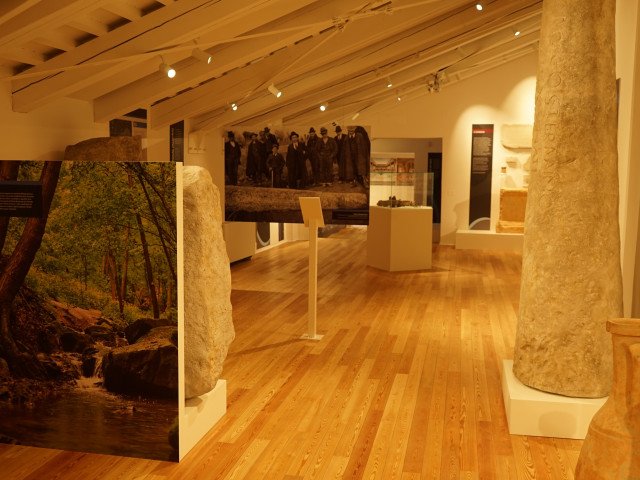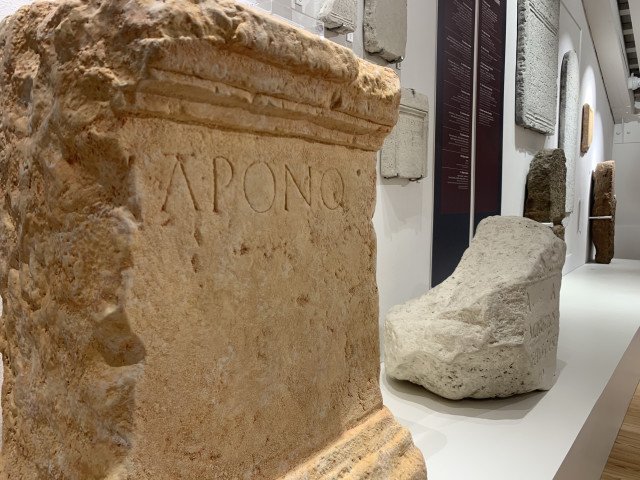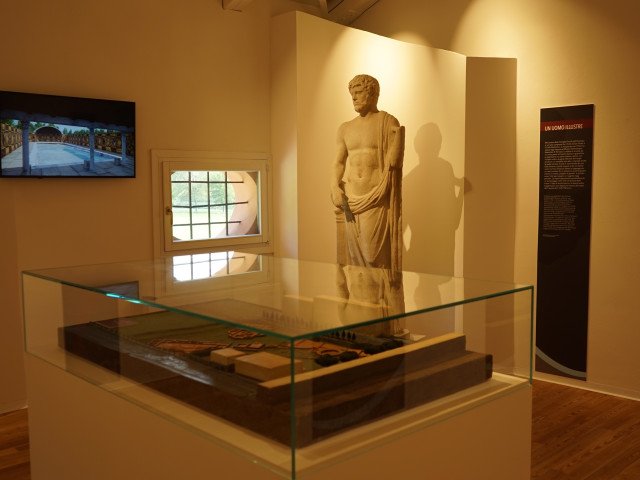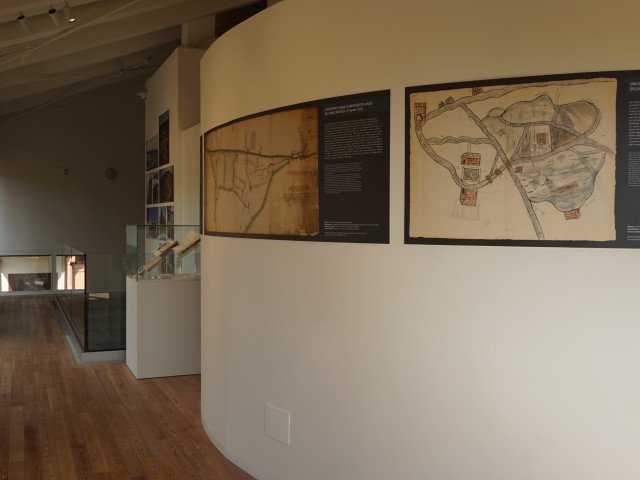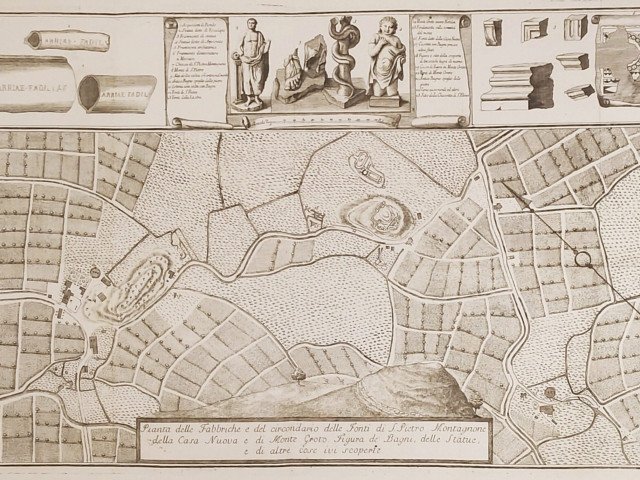The Museum of Ancient Thermalism was created in the heart of Montegrotto Terme and unites two concepts: thermalism, as a millenary tradition of the Euganean area (Province of Padua), and territory, to illustrate the environmental and historical-cultural aspects of the zone.
The museum has specific features: it is interactive, immersive and customisable for a multidimensional visiting experience.
Opened in 2021, the Museum of Ancient Thermalism in Montegrotto Terme is the first museum in Europe entirely dedicated to thermal resources, covering geology, medicine, archaeology and history.
It is housed in the charming Villa Draghi (a luxurious residence built towards the end of the 16th century, located in a dominant position above the town of Montegrotto Terme) and is managed by the Municipality of Montegrotto Terme through 'Lapis', an association of archaeologists and art historians.
The museum tour, which traces the long history of ancient thermalism with particular regard to the local area, is spread over two floors: after an “immersive” illustration of the natural phenomenon, the narrative continues with the discovery of the potential of thermal waters, initially interpreted as a sacred emanation and then widely exploited for the care and well-being of the body.
The central rooms are specifically dedicated to the Euganean area and describe its evolution: a multisensory timeline allows visitors to learn about the different phases of human occupation, while a video accompanies them in understanding the transformations of the landscape from prehistory to the present day, in a sort of virtual theatre. We then enter the heart of the thermal context, and in particular that of lake 'San Pietro Montagnon', consecrated in pre-Roman times to a god of the waters, later called Aponus.
Many materials, both original and replicas, give an idea of the inhabitation of the area, especially during the Roman period, when thermal water became a valuable economic resource. A large model and some virtual reconstructions illustrate the various archaeological sites in the area. A larger space is dedicated to the grand villa on 'Via Neroniana', whose most beautiful and opulent room has been recreated in the museum.
Thanks to more than twenty years of interdisciplinary scientific research conducted by universities, institutions and companies, the museum offers an original and interactive experience, including 3D viewers that allow visitors to take a virtual journey from ancient to modern thermalism, and also focuses on accessibility.

